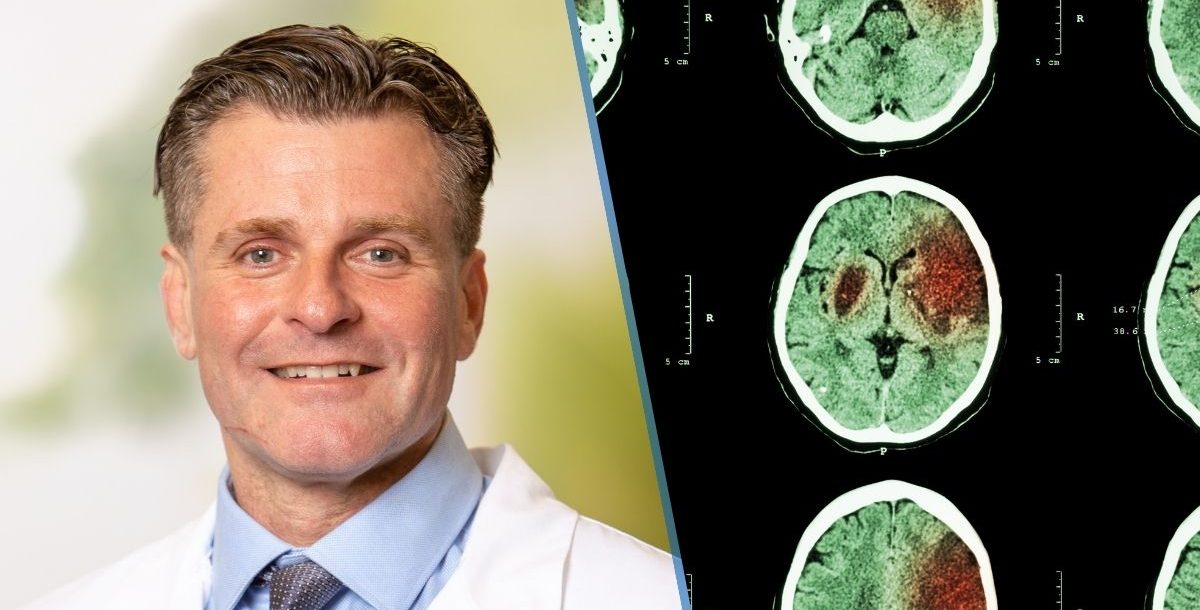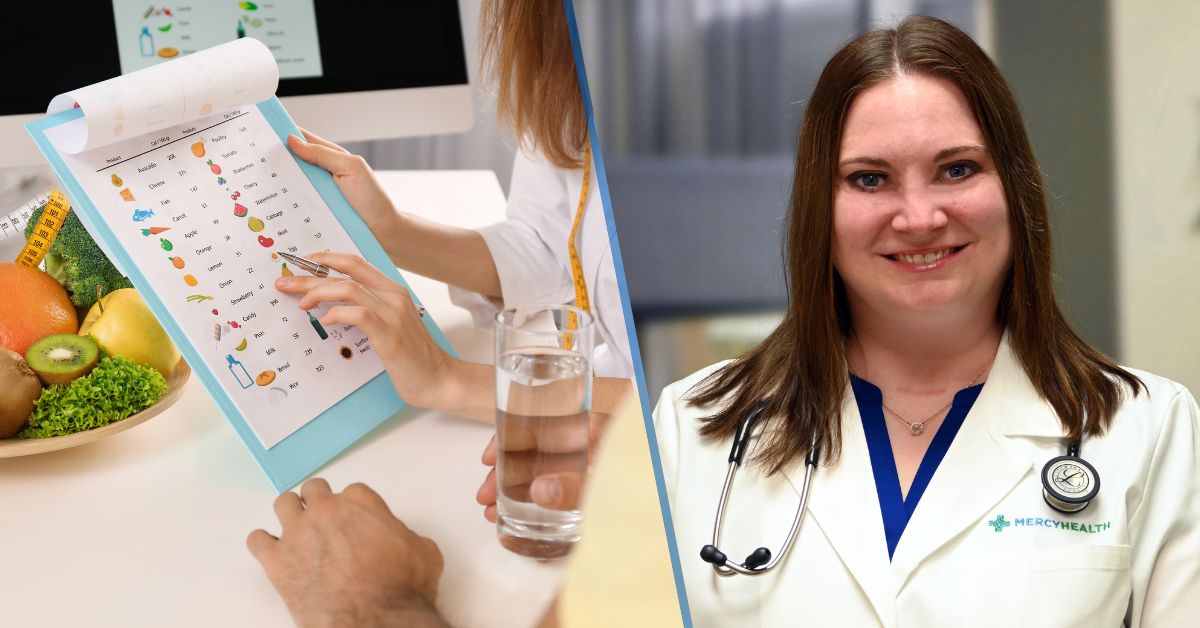A stroke is a serious medical condition that occurs when the blood flow to a part of the brain is interrupted, leading to brain cell damage and potential permanent disability. But how many types of strokes are there?
We talked to Jody Short, DO, one of our vascular and interventional neurologists, to help understand the two types of strokes, their causes, symptoms and risk factors.
Ischemic strokes
Ischemic stroke is the most common type of stroke, accounting for about 87 percent of all cases. It occurs when a blood clot blocks or narrows an artery, blocking blood flow to the brain. This blockage results in a lack of oxygen and nutrients to the brain cells, causing them to die.
Symptoms of an ischemic stroke include sudden numbness or weakness in the face, arms or legs, difficulty speaking or understanding speech, trouble seeing in one or both eyes and difficulty with balance. Treatment options for ischemic stroke include medications that dissolve blood clots, surgical procedures and rehabilitation therapy.
Included with ischemic strokes are transient ischemic attacks (TIA), sometimes called mini-strokes. These occur when the blood flow to a part of the brain is temporarily interrupted, leading to a short-term loss of brain function.
“A TIA is a warning sign of a future stroke. More than one-third of people who have a TIA have a major stroke within one year,” Dr. Short says.
The symptoms of a TIA are like those of an ischemic stroke, but they usually last for a few minutes or hours and do not cause permanent damage. This includes sudden weakness or numbness in the face, arms or legs, difficulty speaking or understanding speech and trouble seeing in one or both eyes.
Hemorrhagic strokes
A hemorrhagic stroke is less common than an ischemic stroke. It occurs when a blood vessel in the brain ruptures. This causes bleeding in or around the brain. High blood pressure is the most common cause of a hemorrhagic stroke, as it weakens blood vessels, making them more prone to rupture.
Symptoms of hemorrhagic stroke include sudden severe headache, nausea, vomiting, seizures and loss of consciousness. Treatment options for a hemorrhagic stroke depend on the severity and location of the bleeding. Treatment options include medications to control blood pressure and rehabilitation therapy.
Both ischemic and hemorrhagic strokes can occur in the brain stem. A brain stem stroke happens when the blood supply is cut off either because of a blockage or a bleed. Strokes that occur in the brain stem are typically more severe and even fatal.
“All motor control for the body flows through the brain stem, and a brain stem stroke can impair all of these functions,” Dr. Short says.
Brain stem strokes can cause death, a coma or “locked in syndrome,” where someone can be totally paralyzed except for their eyes.
Strokes have a major impact on people’s lives and can drastically decrease life expectancy. The good news is you can greatly reduce the risk of strokes by changes in your lifestyle.
“The average decrease following a stroke is more than nine years. And nearly 23 percent of stroke patients will experience a second stroke, Dr. Short says.
Dr. Short suggests having a conversation with your primary care provider and commit to changes to lower your risk factors.
It is important to understand the risk factors that lead to strokes as well, such as:
- High blood pressure
- Atrial fibrillation
- Elevated cholesterol levels
- Diabetes
- Smoking
- Obesity
- Head and neck injuries
- Drug abuse
Strokes are a severe medical condition that requires immediate attention. If you or someone you know may be having a stroke it is important to call 911 and seek medical attention immediately. The first 24 hours are critical, so treatment time is important.
An easy way to remember the warning signs of a stroke is BE FAST.
B – balance loss
E – eyesight change
F – face drooping
A – arm weakness
S – speech difficulty
T – time to call 911
Learn about the stroke care services we offer at Mercy Health.






